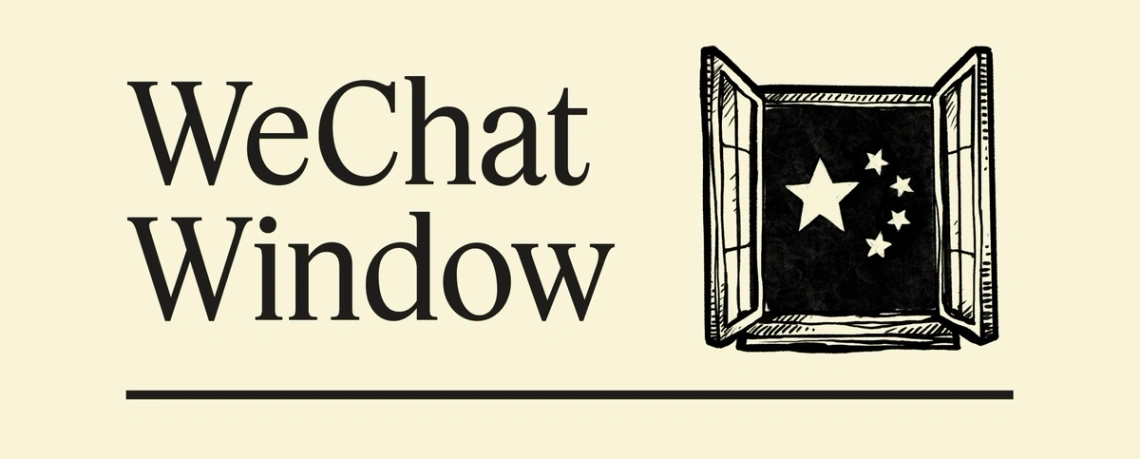 WeChat is the center of the Chinese internet — powering everything from messaging to payments — and the main portal where China’s news outlets and bloggers publish their work. China’s “center of the universe” You have likely never heard of Caoxian county in the eastern Chinese province of Shandong, but it is increasingly the center of twin economic growth drivers: traditional clothing, and live streaming. Hànfú — traditional clothing historically worn by China’s predominant Han ethnic group — was once mostly sold by a handful of home-based, mom-and-pop shops on apps like Taobao, but its production and sale has since expanded into an international operation comprising hundreds of different factories and companies, all centered around Caoxian. The county’s hànfú sales this past Lunar New Year exceeded $41 million, according to Sanlian Lifeweek Magazine. Because much of Chinese e-commerce is done via social media, Caoxian is also drawing live streaming influencers who model and market the clothing: Hundreds of young girls — many of whom studied for careers in nursing or lab work — are moving there, lured by employment that can, at least for now, guarantee steady income. Seeing miracles A new “miracle drug” in China claims to prevent nearsightedness. Diao’a eye drops are a low concentration of atropine, a medication normally used to treat certain types of poisoning. In recent weeks, social media users have complained that pharmacies are selling out of the drops, with the surge largely driven by millions of parents’ “nearsightedness anxiety” on behalf of their children, according to DataVision, a financial news blog. Researchers are divided over whether the drug works, but the craze is driven by the fact that China has among the highest rates of nearsightedness in the world: 89.7% among high schoolers, according to a study last year. The government’s goal is to reduce this figure by more than 11%, DataVision reported, and parents are looking for cheaper alternatives to glasses and contacts. “Faced with such horrific figures, how can parents not be anxious?” the blog wrote. Chinese go east With Japan’s currency at near-historic lows against China’s yuan last year, Chinese homebuyers have flocked to Tokyo and other Japanese cities to invest in property, according to 36kr, a tech and business forum. One Tokyo realtor told 36kr that more than 40 potential Chinese buyers approached him in the last six months alone, and most who stuck with him “paid in full” for houses priced between $200,000 and $500,000. Japan’s declining birth rate means there is a low supply of new housing, 36kr reported, and housing prices are skyrocketing for the average Japanese homebuyer. But thanks to a cheaper yen, those rising prices have been offset by the exchange rate, at least for foreigners, the site wrote. This has made the Japanese market much more enticing for wealthier Chinese families who have lost confidence investing in their own country’s shaky real estate sector. |